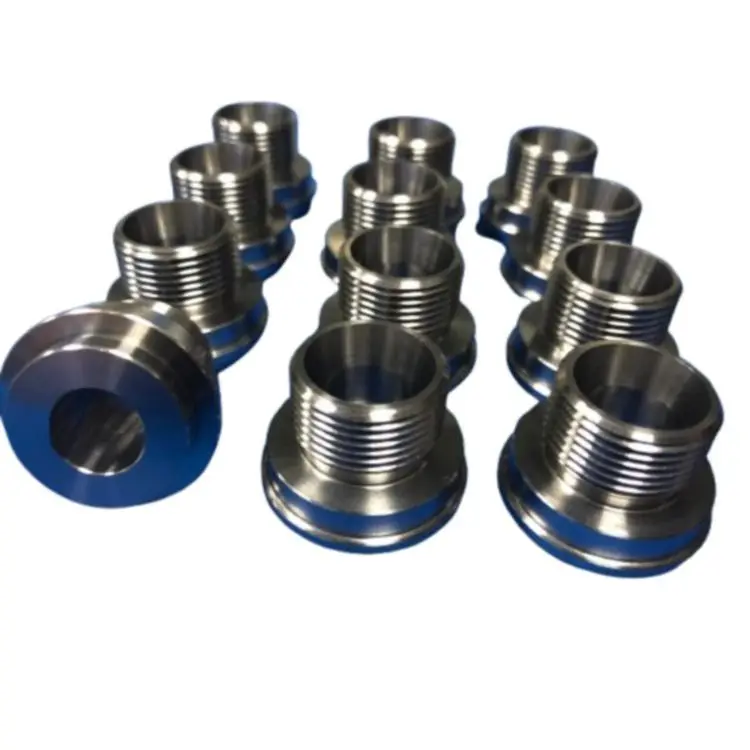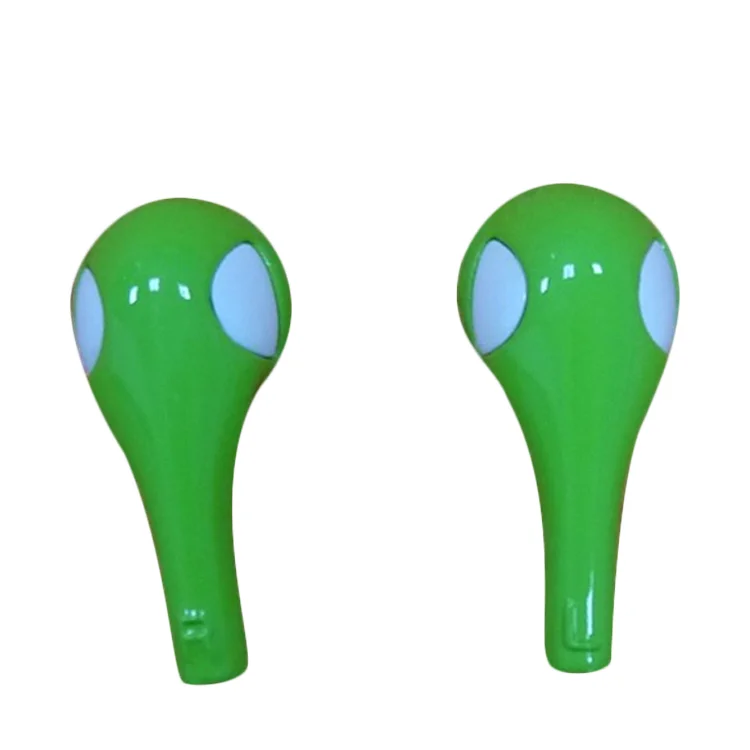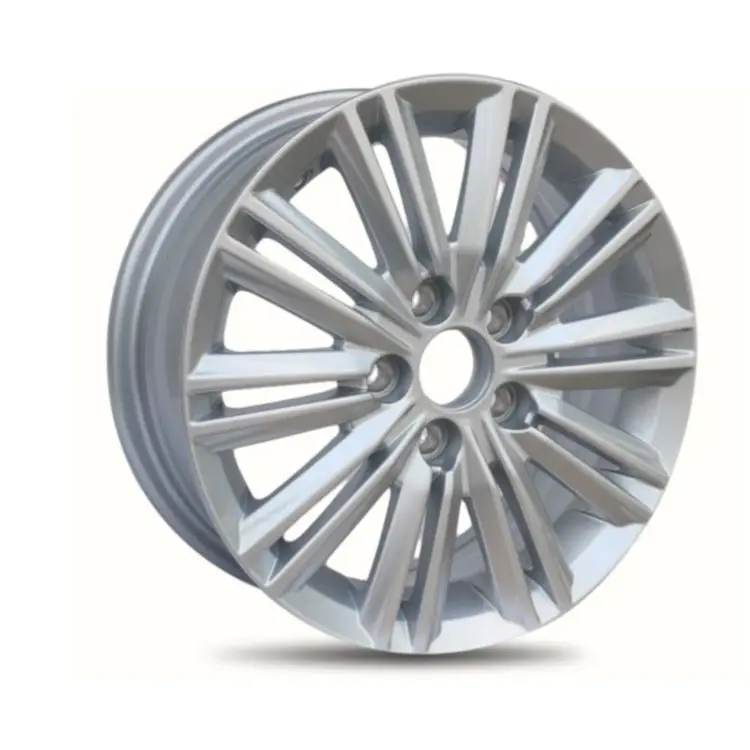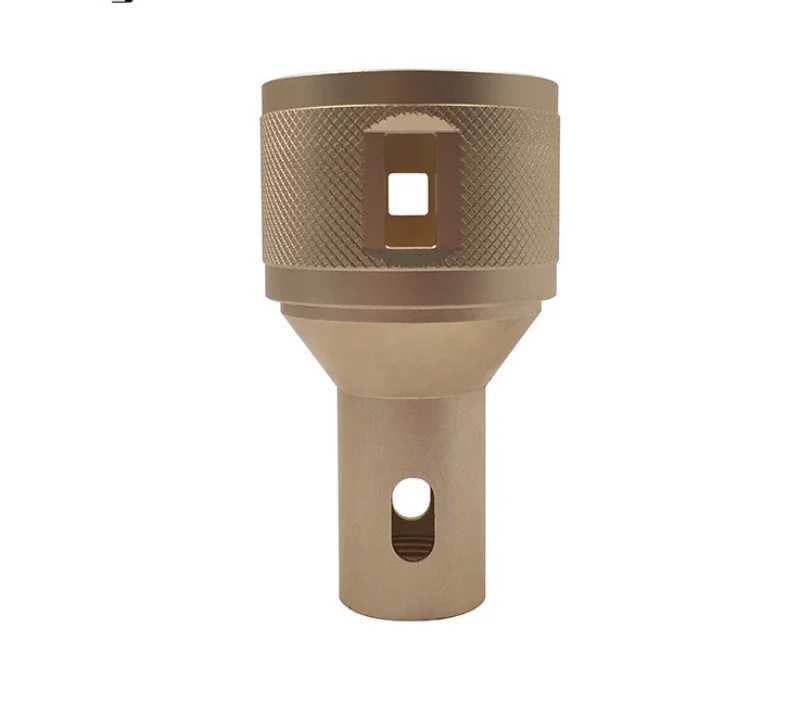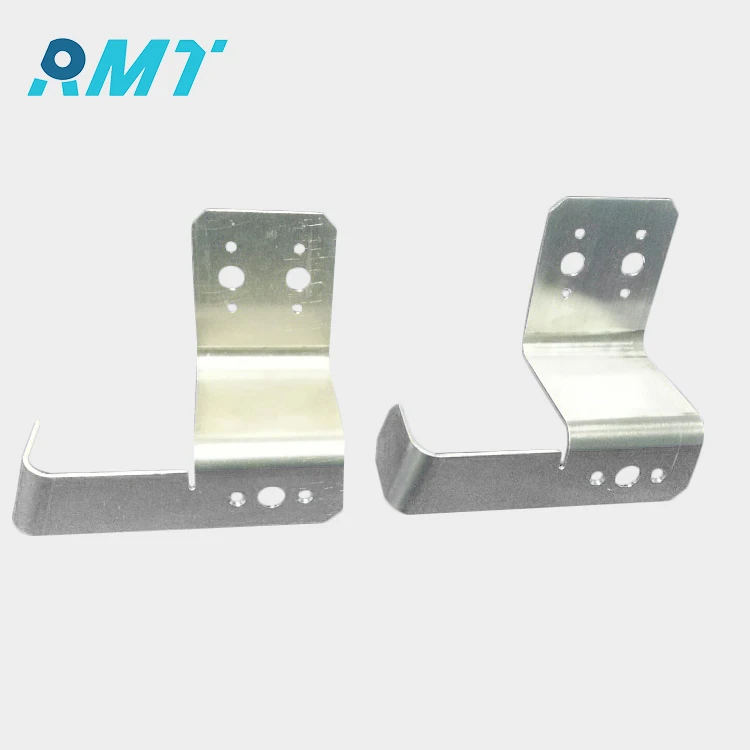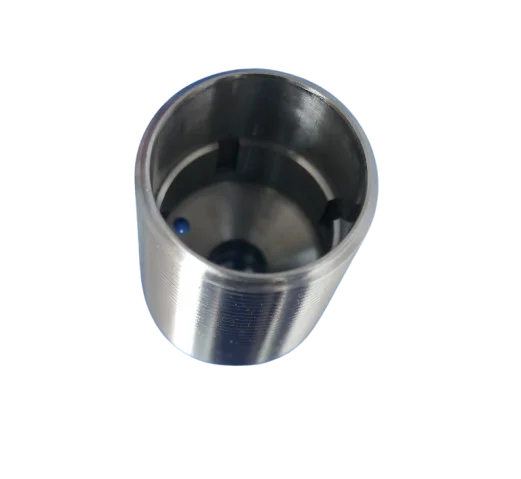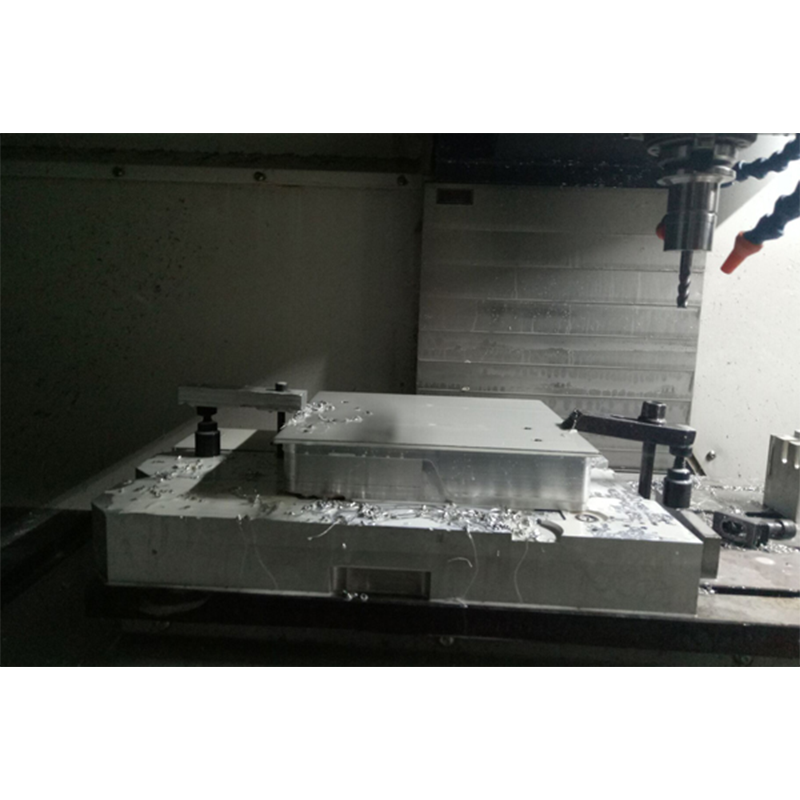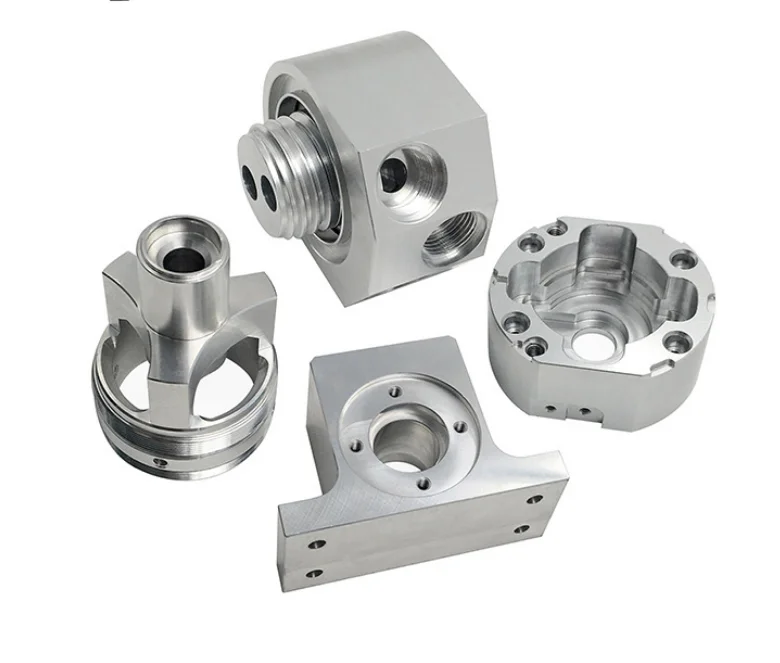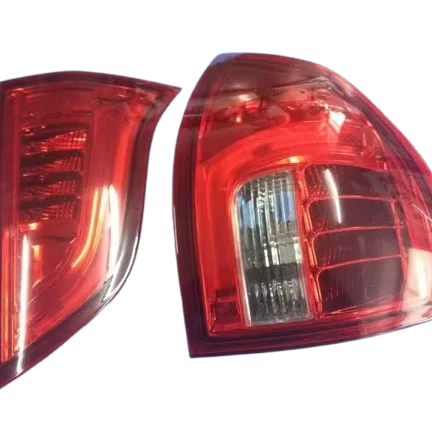Exploration of Rapid PrototypingTechnologies: for Innovation
In the domain of product development and manufacture,Rapid Prototyping technologies have become crucial tools that foster invention and efficacy. Such technologies consist of a range of methods such as 3D printing or CNC machining among others which each have unique features that can speed up the design iteration process.
Introduction to Rapid Prototyping
Rapid prototyping is making physical prototypes directly from digital designs instead of going through traditional manufacturing processes which are time and money-consuming. This method enables designers and engineers to rapidly validate concepts, iterate on designs as well as bring ideas into being within a fraction of the previously required time.
Types of Rapid Prototyping Technologies
Three-Dimensional (3D) Printing: It is recognized worldwide as one way in which objects with height width depth can be created by building it layer by layer using a computer program. This technique supports many materials and can create accurate complex geometries.
Computer Numerical Control (CNC) Machining: Computer numerical control machines are automated tools that cut out parts from solid blocks depending on digital blueprints by use of cutting tools. CNC machining performs best when producing high-precision components made from metal, plastic, or composite materials.
Injection Molding: With rapid tooling techniques advancement injection molding has ceased to be considered slow but is good enough for small batch production and fast design iteration.
Laser Cutting And Etching: Laser cutting is an ideal method for shaping flat materials like acrylics, woods, or metals since it provides very precise shape formation capabilities while laser etching allows quick creation of custom parts through engraving on the same materials.
Benefits Of Rapid Prototyping
Speed: Prototypes can take a few hours or days only thus reducing new product launch times significantly.
Cost Effectiveness: Eliminates the need for costly molds and traditional tooling associated with manufacturing.
Flexibility: It allows quick changes to designs based on real-world testing and feedback.
Innovation: It enables designers to try out new ideas and functionalities without heavy upfront investment.
Conclusion
Modern innovation is being revolutionized by rapid prototyping technologies which are transforming the way products are designed tested or manufactured. Businesses can shorten development cycles, reduce costs, and deliver superior products globally if they use these tools appropriately keeping in mind that customers’ tastes change with time thus necessitating this response from companies involved in such undertakings.
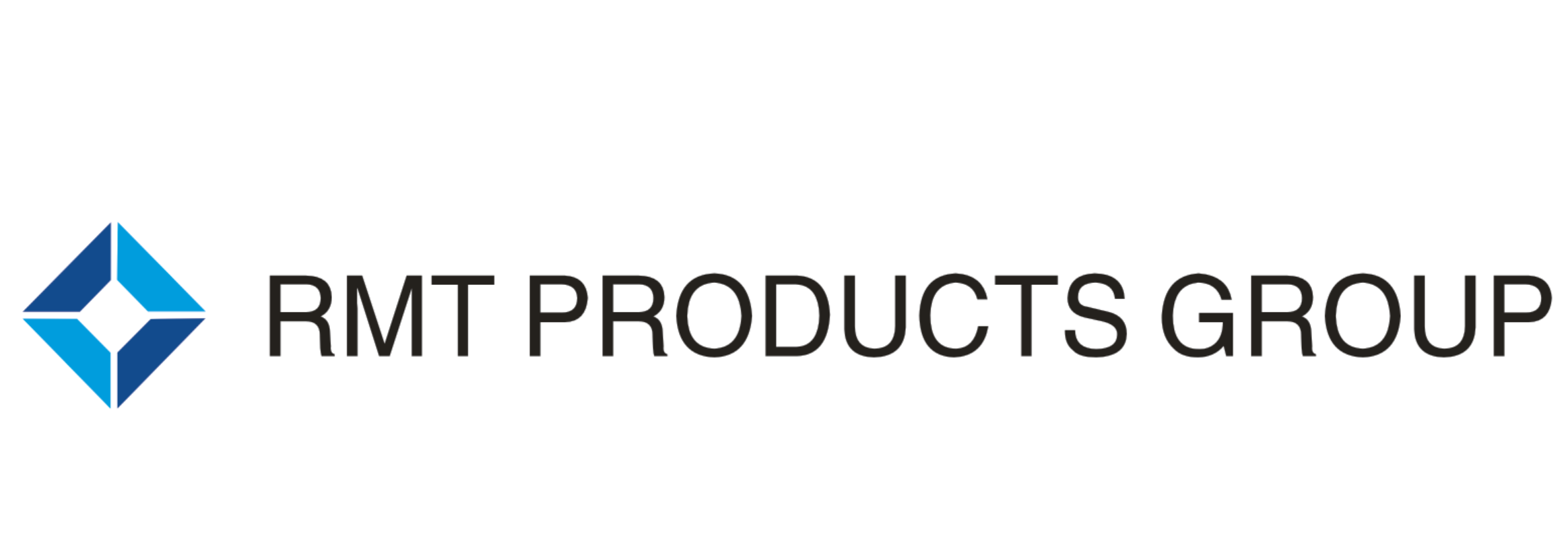
 EN
EN
 AR
AR
 BG
BG
 HR
HR
 CS
CS
 DA
DA
 NL
NL
 FI
FI
 FR
FR
 DE
DE
 EL
EL
 IT
IT
 JA
JA
 KO
KO
 NO
NO
 PL
PL
 PT
PT
 RO
RO
 RU
RU
 ES
ES
 SV
SV
 IW
IW
 LV
LV
 SR
SR
 SK
SK
 UK
UK
 GL
GL
 HU
HU
 TH
TH
 TR
TR
 FA
FA
 GA
GA
 CY
CY
 EU
EU
 BN
BN
 BS
BS
 LA
LA
 NE
NE
 SO
SO
 KK
KK
